Yangdong Folk Village
Occupying a gorgeous swath of forested hill country about eight kilometers outside Gyeongju, the Yangdong Folk Village preserves the buildings and customs of Korean life during the Joseon Dynasty. In 2010, this historic village was named a UNESCO world heritage site.
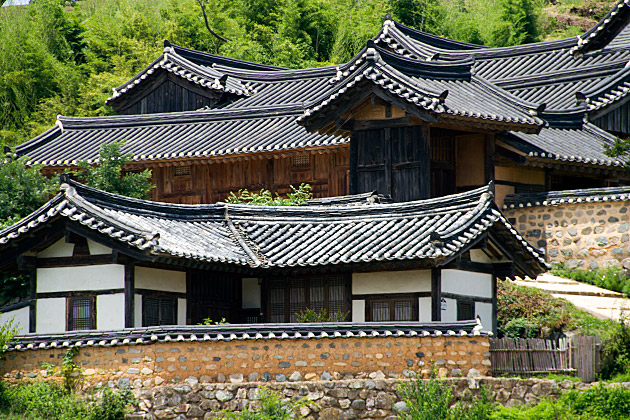
Yangdong was founded at the beginning of the 15th century by a member of the Joseon nobility, who selected the site based on the Korean practice of pungsu — a superstitious reading of the earth which identifies geologically significant areas: those featuring patterns in natural formations such as hill shapes or river paths. The modern day village, with around 150 tiled- and thatched-roofed houses, still looks almost exactly as it did centuries ago.
Our visit began at Yangdong’s only restaurant, where we enjoyed a bowl of Kongguksu (wheat noodles in a cool soy milk broth) and had the chance to shake hands with the village chief. The other guests, who generously shared their rice wine with us, were listening attentively to the chief’s stories and there seemed to be an unspoken expectation that we do the same. Of course, we didn’t understand a word but stayed respectfully quiet and followed the group’s lead with an occasional chuckle or “ahhhh”.
Yangdong is surprisingly large and feels more alive, less like a museum, than I figured it would. Reconstruction and preservation efforts were underway all over, and we took a random, looping path through the hills. The Joseon Dynasty practiced Confucianism, which placed a strong emphasis on class distinction, and Yangdong’s layout reflects this; the aristocrats lived in the larger houses with tiled roofs, set on top of the hills. Commoners had houses with thatched roofs, found lower down.
With its rural forest setting, the nearby river and roads which follow the natural slopes of the hills, Yangdong Village is unquestionably beautiful. Our visit here was one the highlights of our trip to Gyeongju.
Location of Yangdong Folk Village on our Map
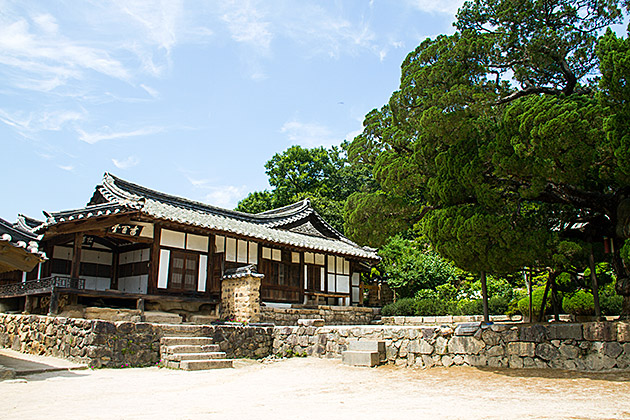
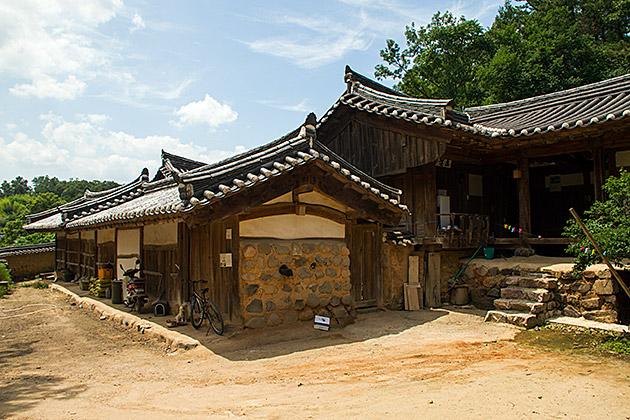
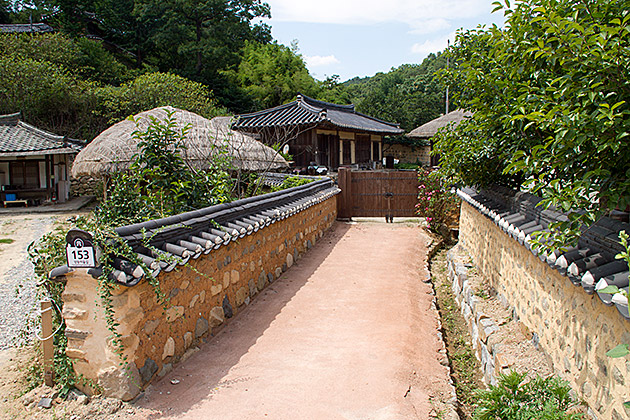
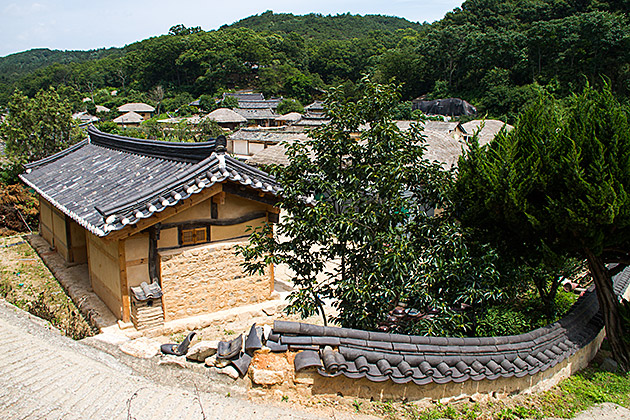
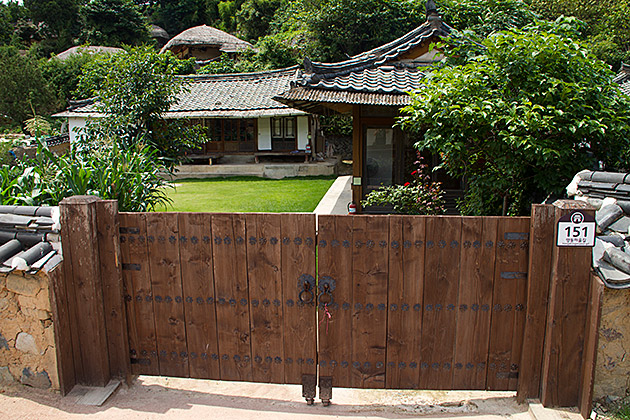
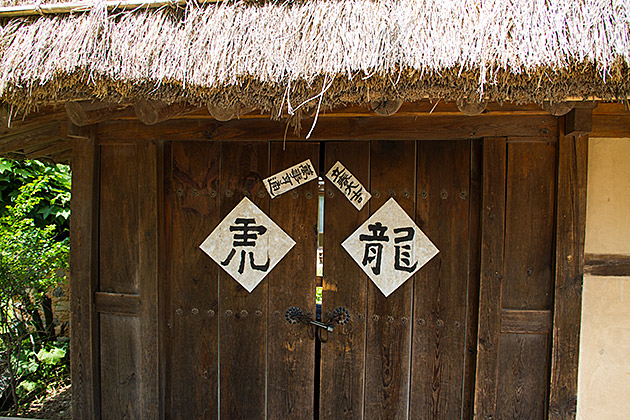
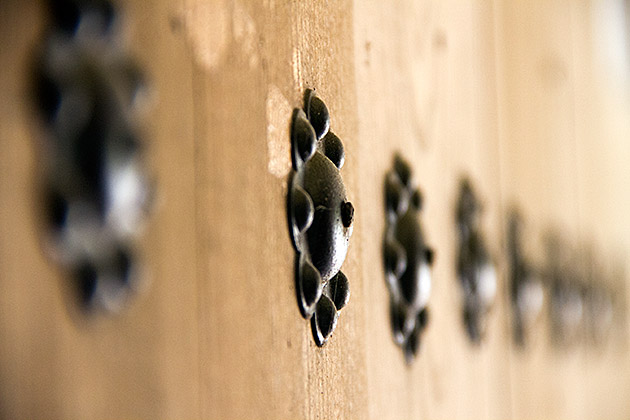
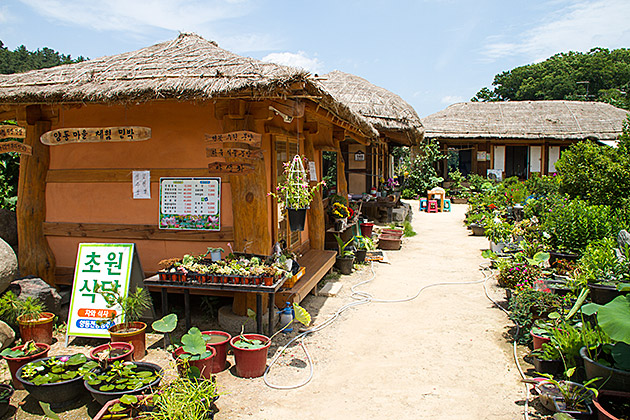
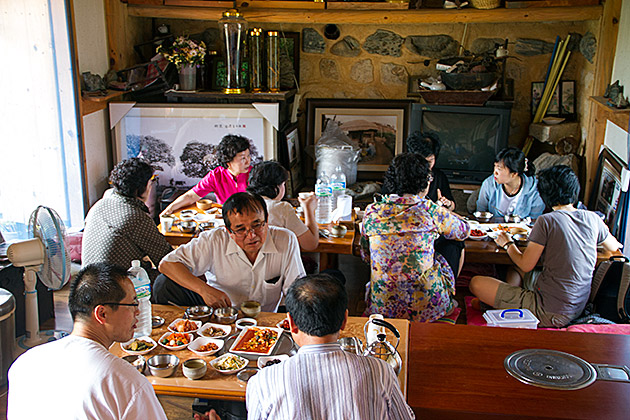
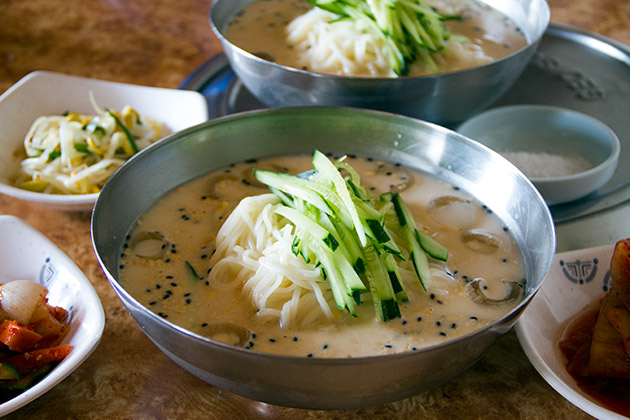
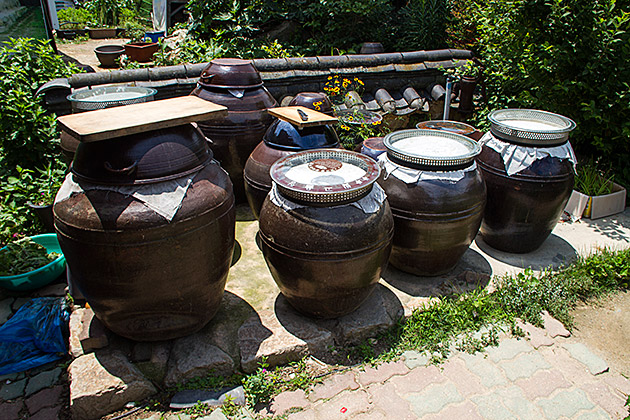
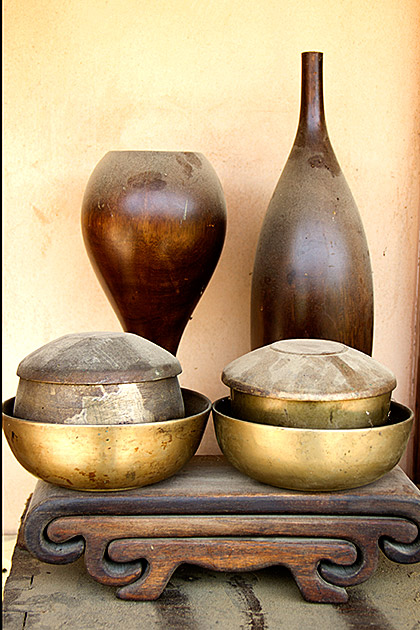
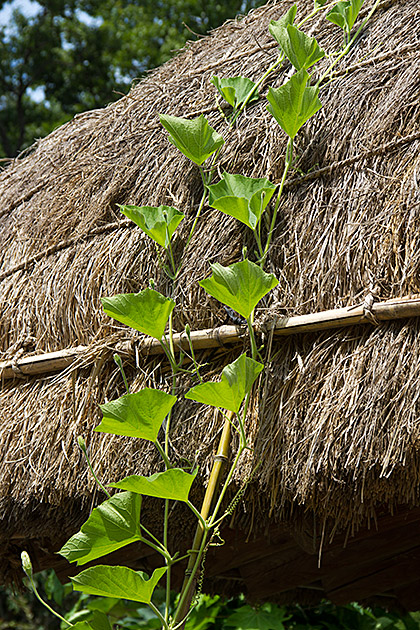
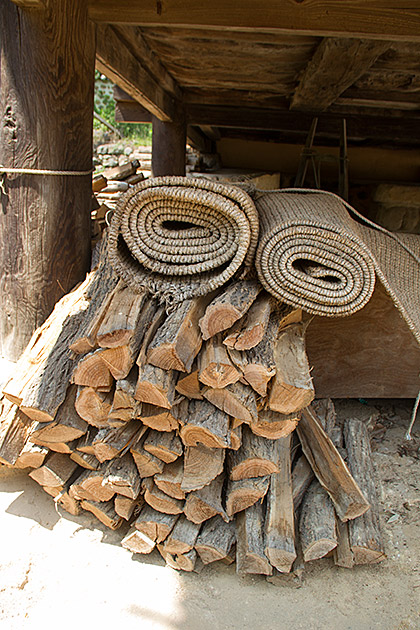
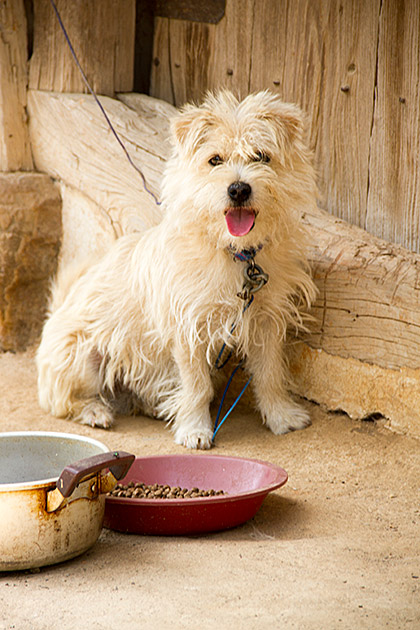
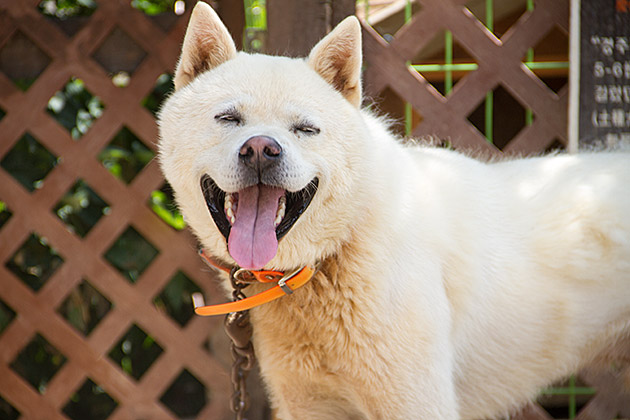
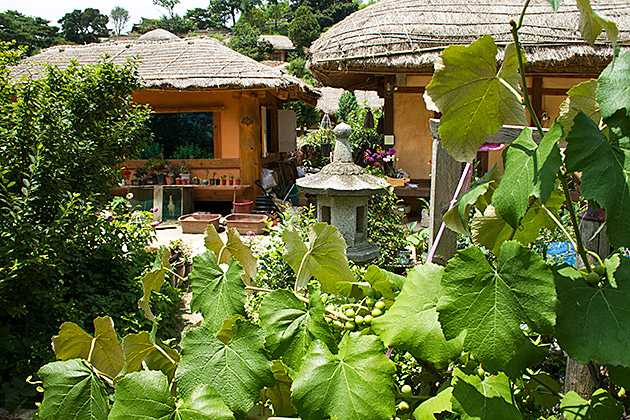


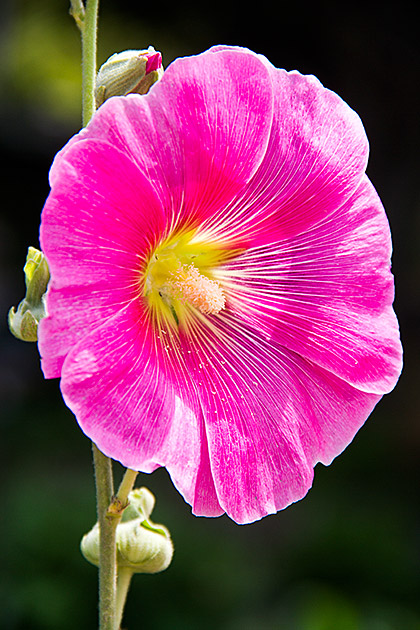
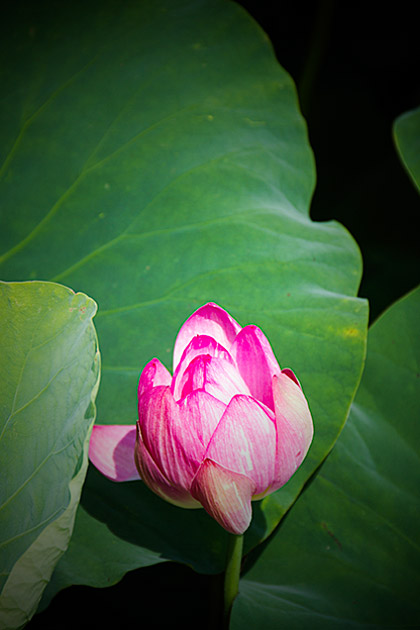
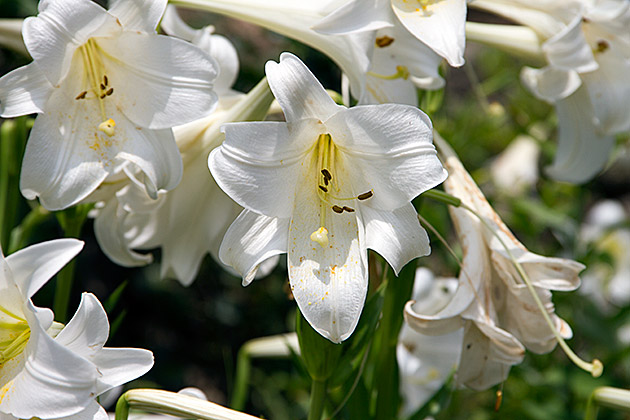
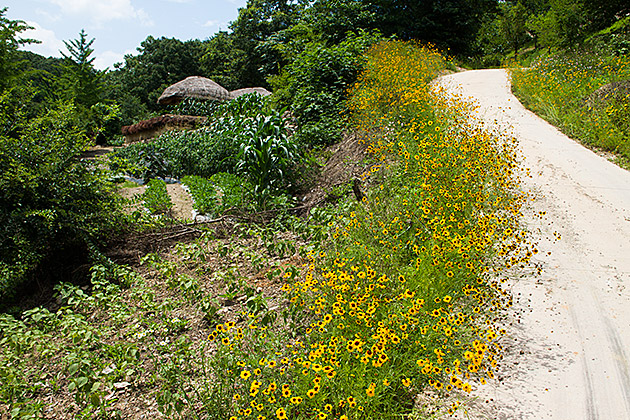
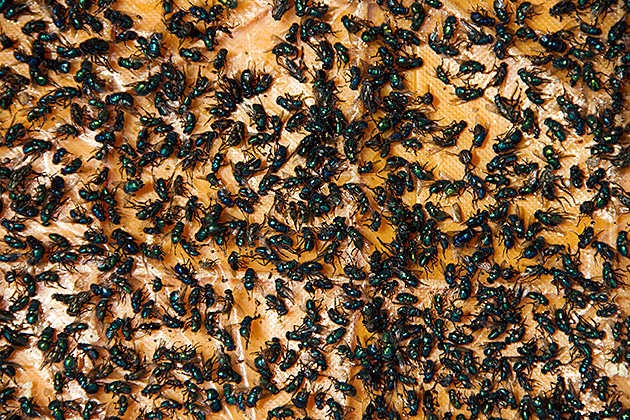
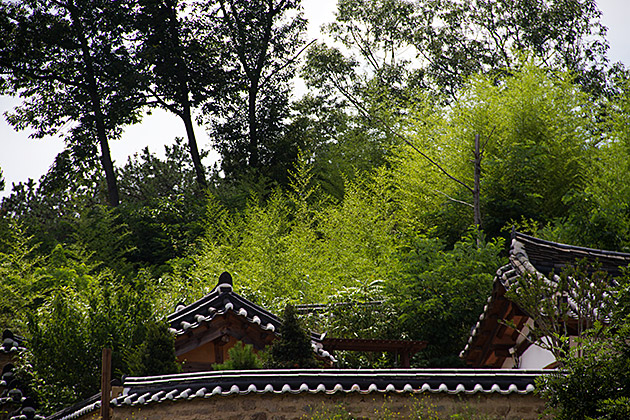
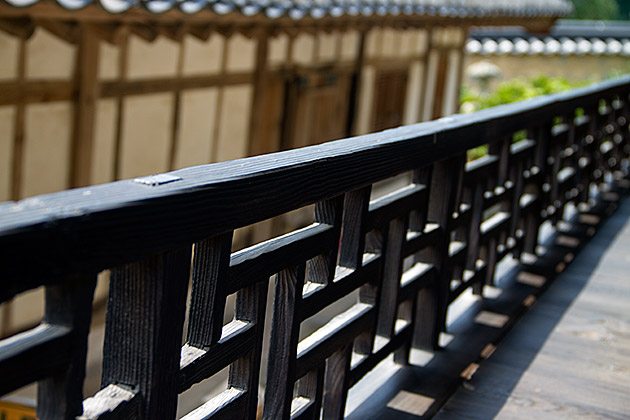
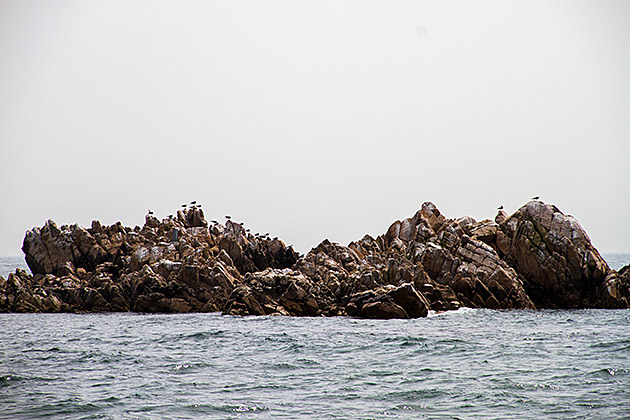
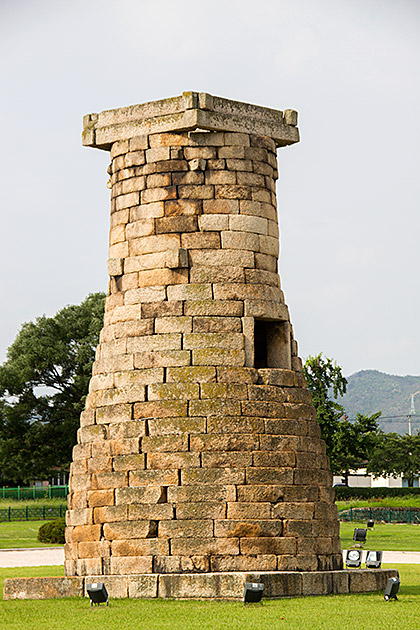
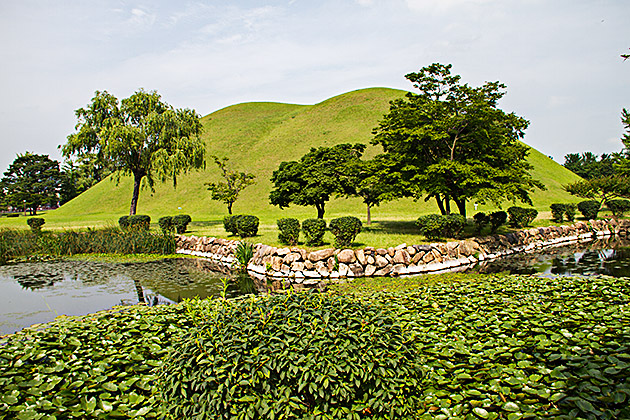

Nice! I want to learn more about pungsu. I’m going to check it out.That kongguksu looks really delicious. I love cold noodles — or noodles in cold broth.The dog photos are great, especially the big dog, who really looks like he’s smiling.The flower photos are great, especially those yellow flowers on the roadside. The grapes look terrific, too. And those insects are pretty wild.
Korea has 9 UNESCO CULTURAL HERITAGES. One UNESCO heritage doesn’t mean one item. Kyungju historic sites as a group were designated as one heritage and 40 Chosun Kingdom King’s Tombs in different places were also designated as one heritage.And the other additional 9 historic sites such as Namhansansung, Buyeo-Gongju historic sites, Gangjin Korean pottery historic sites and 11 Korean old Confucius schools as a group are tentative UNESCO CULTURAL HERITAGES waiting for full membership.The UNESCO HERITAGES which Koreans are most proud of are 9 UNESCO WORLD HERITAGES FOR WRITTEN RECORDS, which are the largest in Asia. China has 5 in this category and Japan has nothing.Each Korean UNESCO WORLD HERITAGE FOR WRITTEN RECORDS is including many books. For examples,1.Chosun Kingdom Royal Documentaries are including 2077 books.2.Chosun Kingdom Secritrariat’s Records are including 3243 books.3.The Tripitaca Koreana, Buddhist scriptures, history books, research theses et cetra (from KORYO kingdom) are including 87,000 items.4.Chosun Kingdom Kings’ Diaries are including 2329 books.
Yangdong Folk Village has a national treasure of 6 books (24 volumes). Korean culture is the culture of written records, which is differentiated from Japanese and Chinese cultures. The history of Korean metal-type printing technology is 78 years(or 137 years) older than Gutenberg’s in Germany. The ex-US vice president Al Gore said that Gutenberg learned the Korean metal-type printing technology from his friend who had traveled to Korea as a member of the Vatican Pope’s delegation. You can find this record in the printing museum of Switzerland.